Understanding Castration in Pets: A Complete Guide
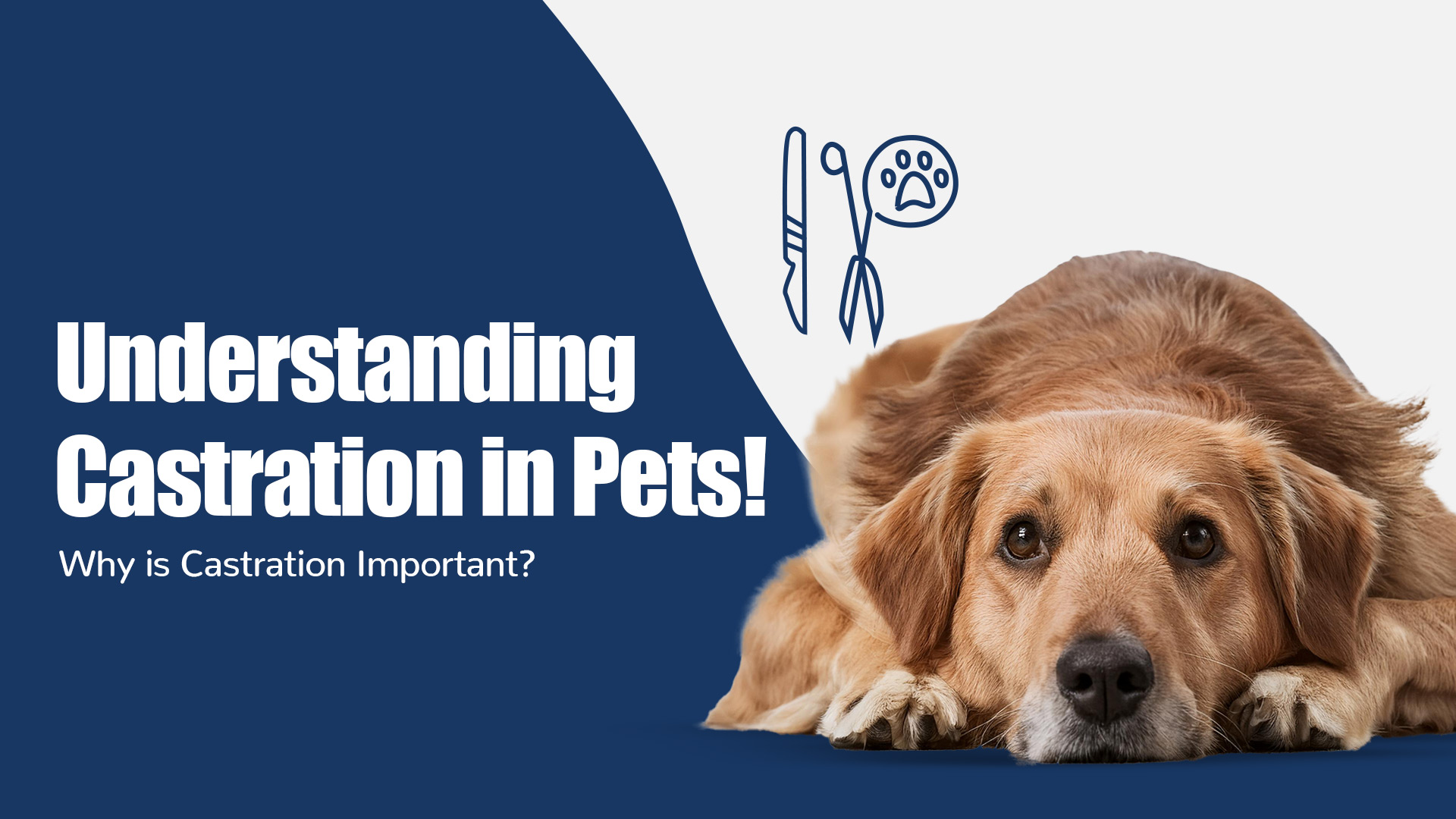
Castration, commonly referred to as neutering, is a widely recommended procedure for male pets that provides multiple health, behavioral, and social benefits. While many pet parents associate castration only with preventing unwanted litters, this surgical procedure also plays a significant role in improving a pet’s overall well-being.
In this guide, we’ll cover everything you need to know about castration, from its importance and benefits to post-surgical care and recovery.
Why is Castration Important?
Castration is a key aspect of responsible pet ownership. One of the primary reasons it is encouraged is to control unregulated breeding, which contributes to pet overpopulation. Millions of stray animals struggle to find homes, and many end up in shelters. By neutering your pet, you help reduce the number of unwanted litters, ultimately ensuring fewer animals face homelessness.
Beyond population control, castration provides numerous health and behavioral benefits that can enhance your pet’s quality of life.

Health Benefits of Castration
-
Reduces the Risk of Testicular Cancer
Testicular cancer is one of the most common cancers found in intact (non-neutered) male pets. Removing the testicles eliminates the risk completely, making castration a preventive measure against this life-threatening condition.
-
Prevents Prostate Problems
Neutered pets have a lower risk of developing prostate diseases such as benign prostatic hyperplasia (BPH), prostatitis, and cysts. An enlarged prostate can lead to painful urination and defecation, so castration helps prevent these issues before they arise.
-
Decreases the Risk of Perianal Tumors
Perianal adenomas, a type of tumor that occurs near the rectum, are commonly seen in intact male dogs. These tumors are influenced by testosterone, and castration significantly reduces the risk of their development.
-
Prevents Testicular Torsion
Testicular torsion is a painful and serious condition where a testicle twists, cutting off its blood supply. While rare, this condition is entirely avoidable through castration.
-
Prevents Cryptorchidism Complications
Cryptorchidism occurs when one or both testicles fail to descend into the scrotum. This condition increases the likelihood of testicular tumors and requires surgical intervention, making castration a necessary treatment.
-
Reduces the Risk of Certain Infections
Castration lowers the chances of developing infections such as epididymitis (inflammation of the sperm-carrying tube) and orchitis (testicular inflammation).
Behavioral Benefits of Castration
-
Reduces Aggression
Testosterone can contribute to aggression in male pets, particularly toward other male animals. Neutering helps in managing territorial and dominance-related aggression, making pets calmer and more social.
-
Prevents Roaming
Unneutered pets often roam in search of a mate, increasing their risk of getting lost, hit by vehicles, or injured in fights. Neutering reduces this natural urge, keeping pets safer at home.
-
Lowers the Tendency to Mark Territory
Male pets, especially dogs and cats, may spray urine to mark their territory. Castration significantly reduces this behavior, leading to a cleaner home environment.
-
Decreases the Risk of Unwanted Mating Behavior
Humping and mounting behaviors, which can be embarrassing and sometimes problematic, are often hormone-driven. Neutering decreases these behaviors, leading to better social interactions with other pets and people.
When Should You Consider Castration?
The ideal age for castration depends on the breed, size, and overall health of your pet. Generally, the procedure is performed between 6 to 12 months of age, but some veterinarians recommend waiting longer for larger breeds to ensure optimal growth and development.
If your pet shows any of the following signs, consult your vet about the possibility of castration:
- Swollen or painful testicles – Could indicate infection, injury, or tumors.
- Loss of appetite and lethargy – A sign of underlying health concerns.
- Difficulty urinating or defecating – Might be due to an enlarged prostate.
- Frequent marking or aggressive behavior – Can be managed through castration.
- Roaming or excessive attraction from other males – Indicates high testosterone levels.
The Castration Procedure
Castration is a simple and routine surgical procedure performed under general anesthesia. The process includes:
- Pre-Surgical Preparation
- A physical examination and blood tests to ensure your pet is fit for surgery.
- Fasting for several hours before anesthesia.
- The Surgical Process
- The vet makes a small incision in the scrotum.
- The testicles are carefully removed.
- The incision is closed using sutures or surgical glue.
- Post-Surgery Recovery
- Most pets recover quickly, often within 10 to 14 days.
- Pain medication is prescribed to manage discomfort.
- An E-collar (cone) is recommended to prevent licking the incision site.
- Limited activity is advised to ensure proper healing.
Post-Surgery Care and Recovery
After the procedure, proper care is crucial for a smooth recovery:
- Rest and Restricted Activity
- Keep your pet calm for 10-14 days.
- Avoid jumping, running, or rough play to prevent stress on the incision.
- Medication and Pain Management
- Follow the vet’s prescription for pain relief and antibiotics (if necessary).
- Check for any signs of infection, such as swelling, redness, or discharge.
- Preventing Licking or Biting the Incision
- Use an E-collar (cone) to stop your pet from disturbing the wound.
- Monitor the incision daily to ensure it’s healing properly.
- Proper Nutrition and Hydration
- Provide fresh water and a balanced diet to support recovery.
- Some pets may have a reduced appetite for the first 24 hours post-surgery, which is normal.
- Follow-Up Vet Visit
- Attend follow-up appointments to ensure proper healing.
- If non-dissolvable stitches were used, they need to be removed by the vet in 10-14 days.
Final Thoughts: Why Castration is a Responsible Choice
Castration is a safe, effective, and responsible decision for pet parents looking to enhance their pet’s health and behavior. Not only does it eliminate the risk of testicular cancer and reduce the chances of aggressive tendencies, but it also prevents accidental breeding and unwanted litters.
By opting for castration, pet parents contribute to a healthier, happier pet community while ensuring their furry companions lead longer, healthier lives.

Consult your vet today to determine the best time for neutering your pet! Visit your nearest Zigly Experience Center for expert advice and care.







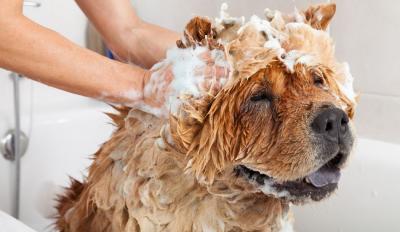





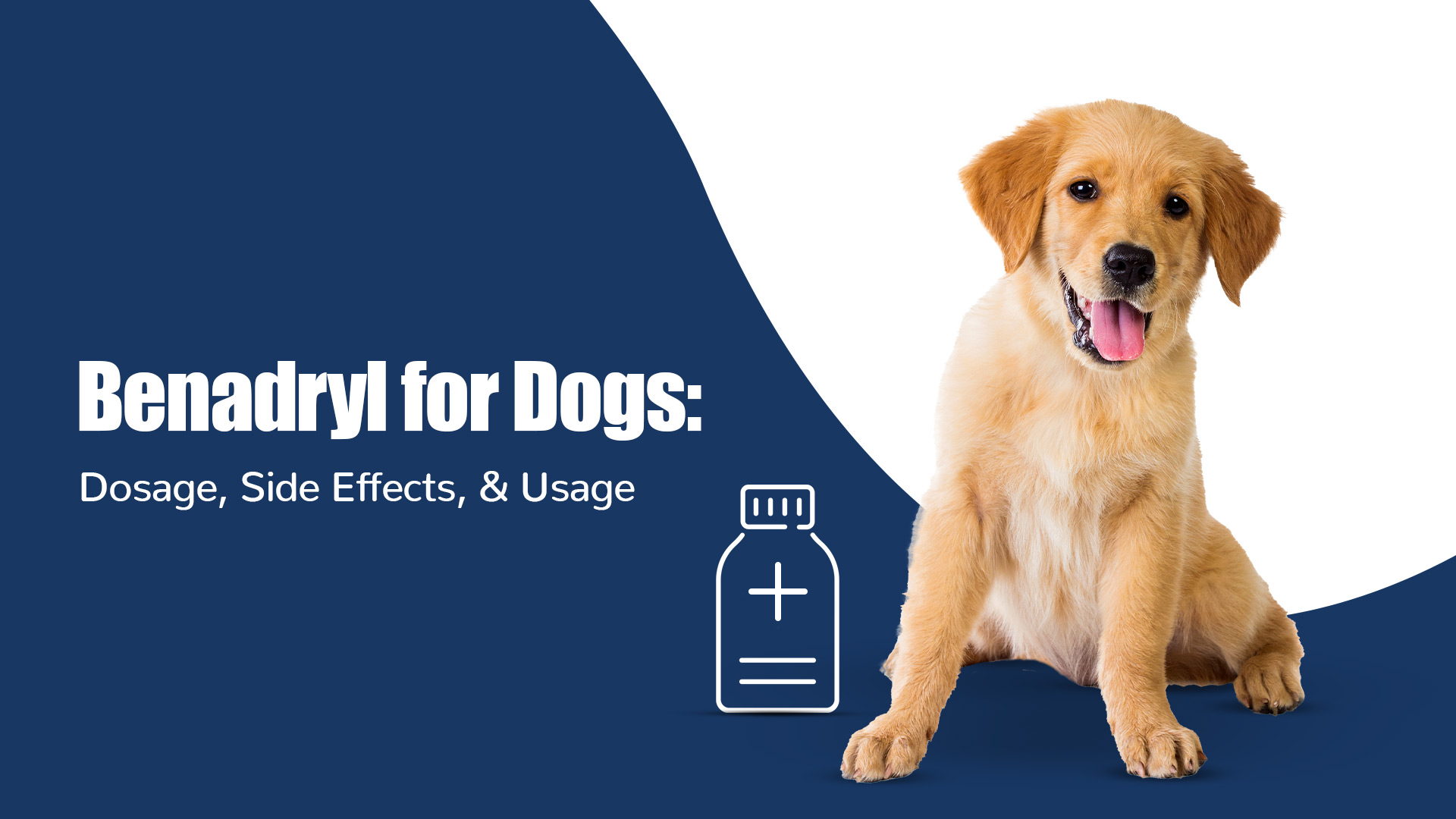
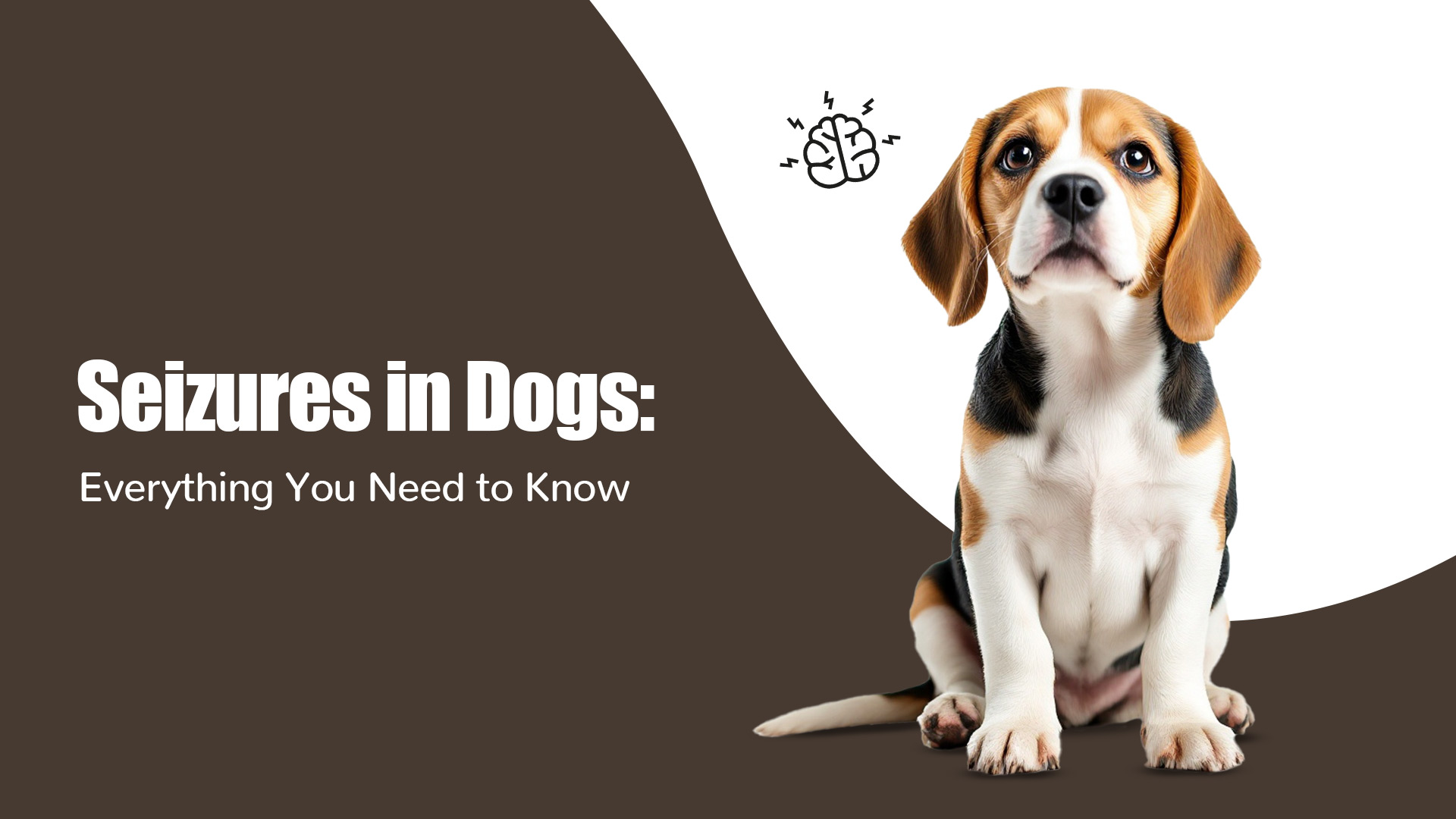

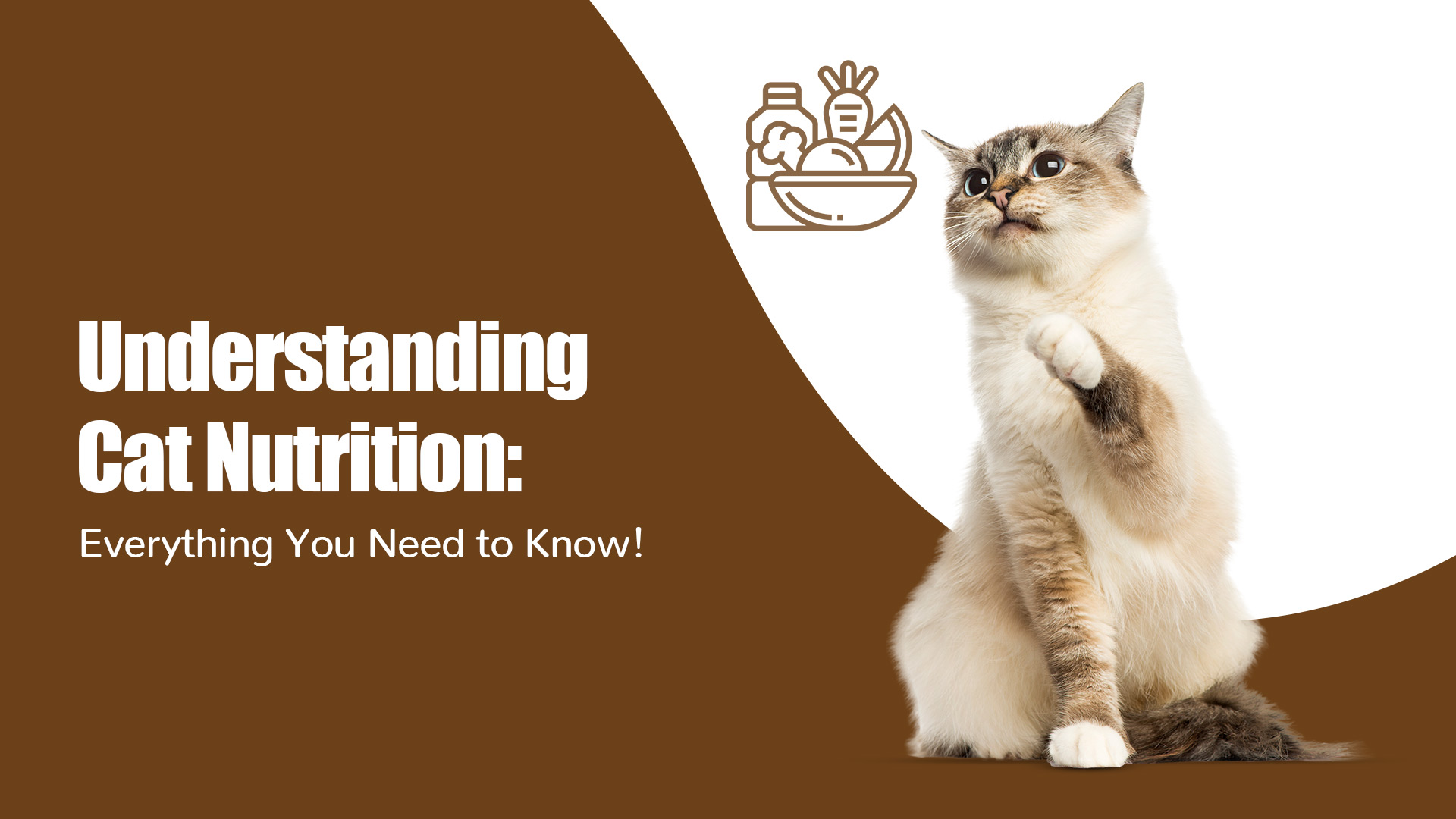
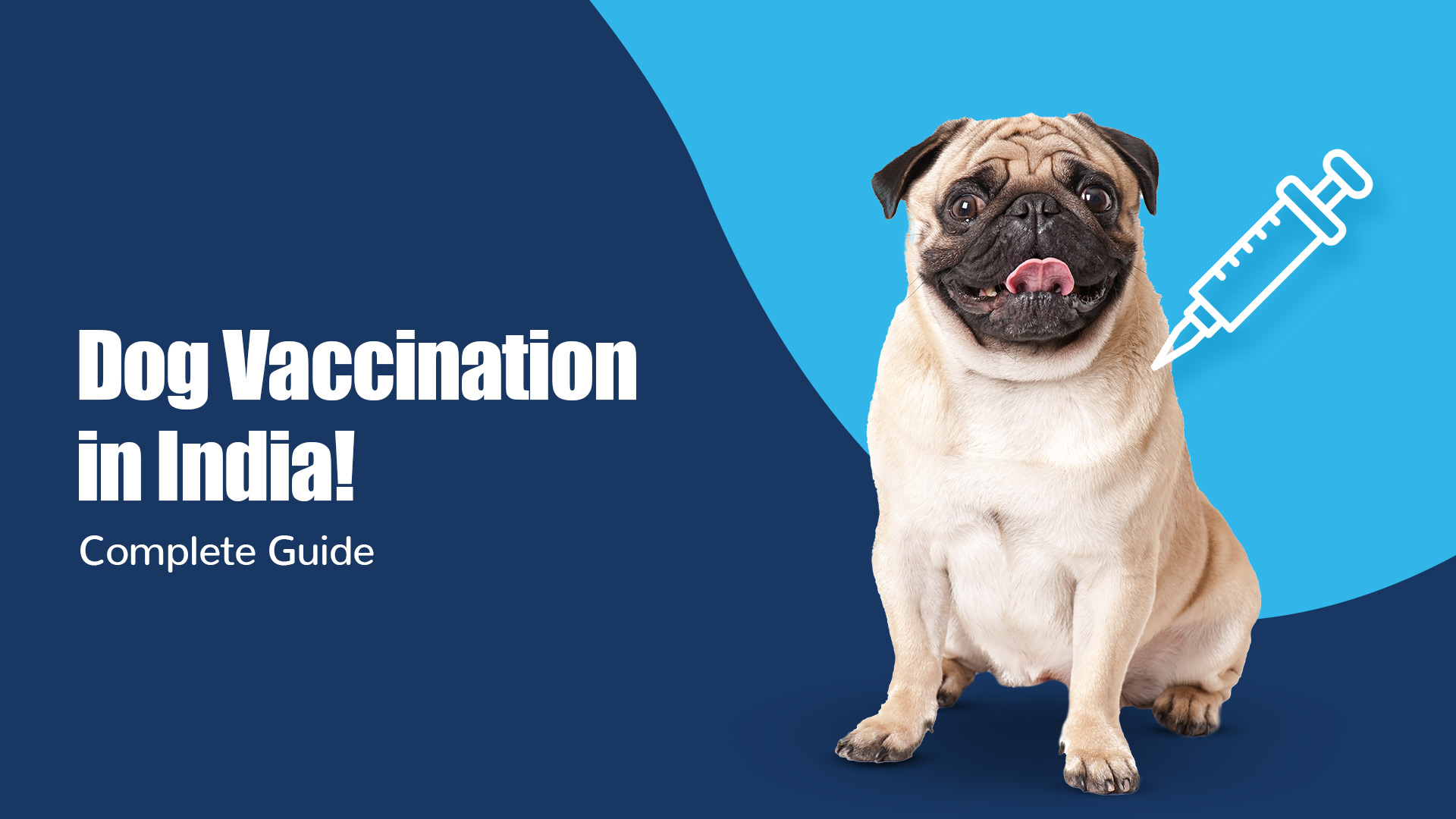




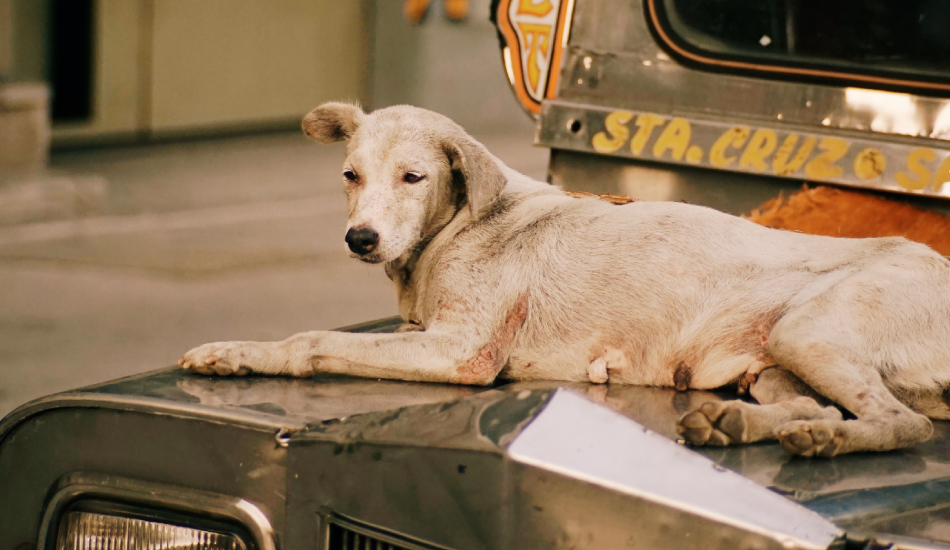
The information below is required for social login
Create New Account